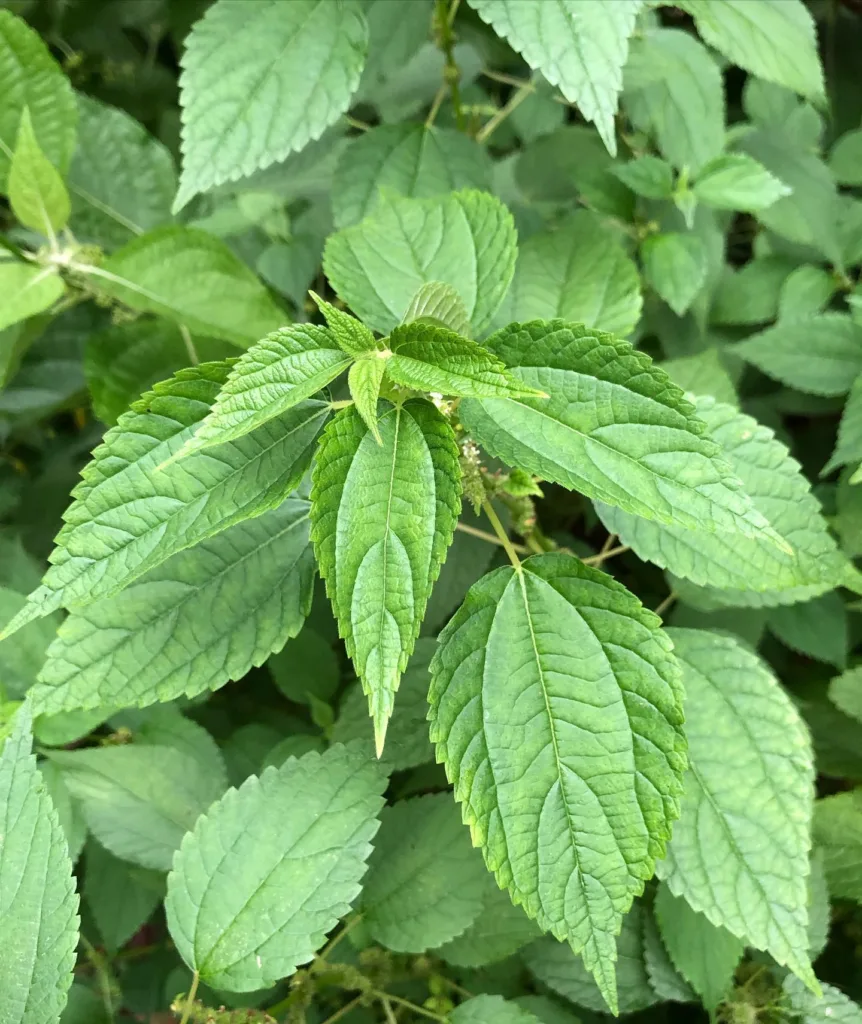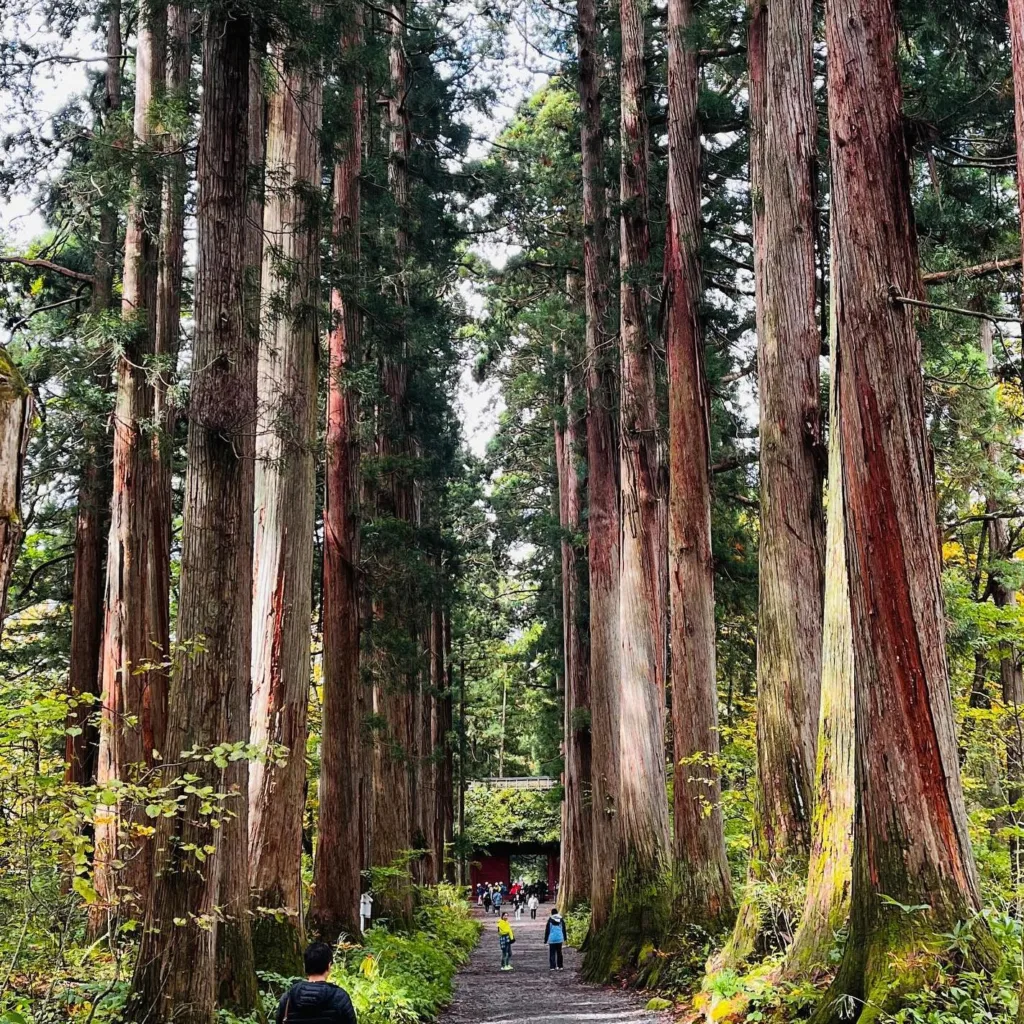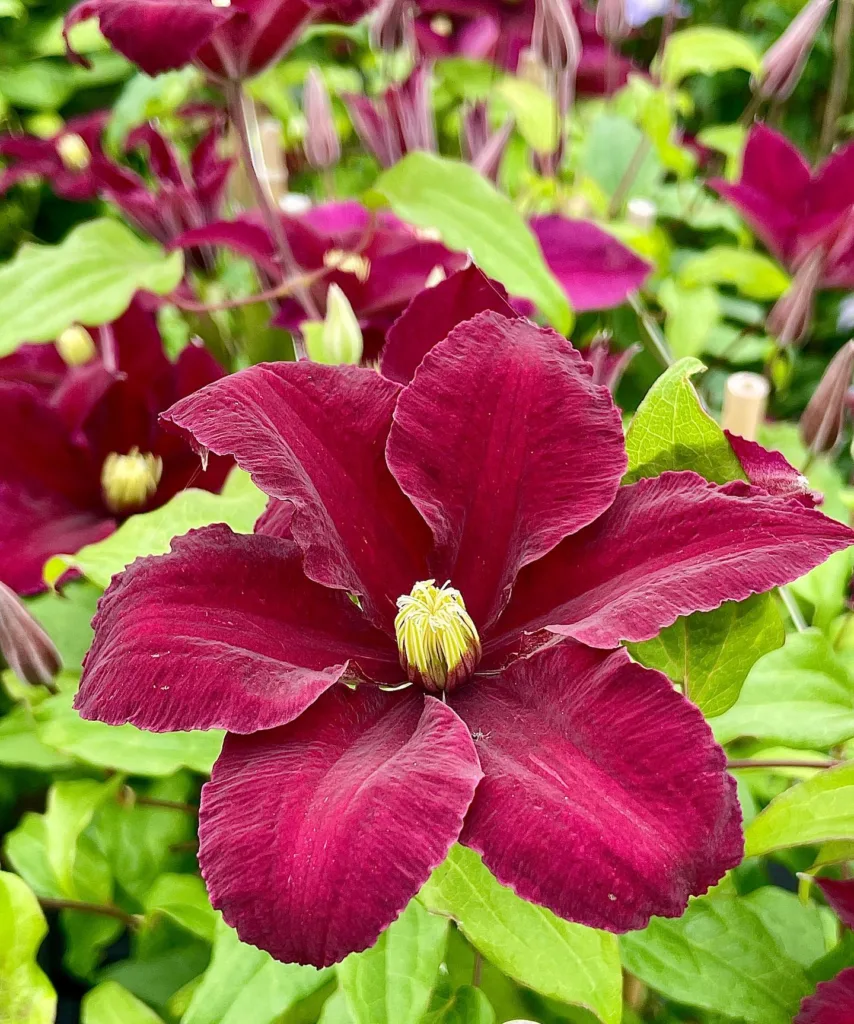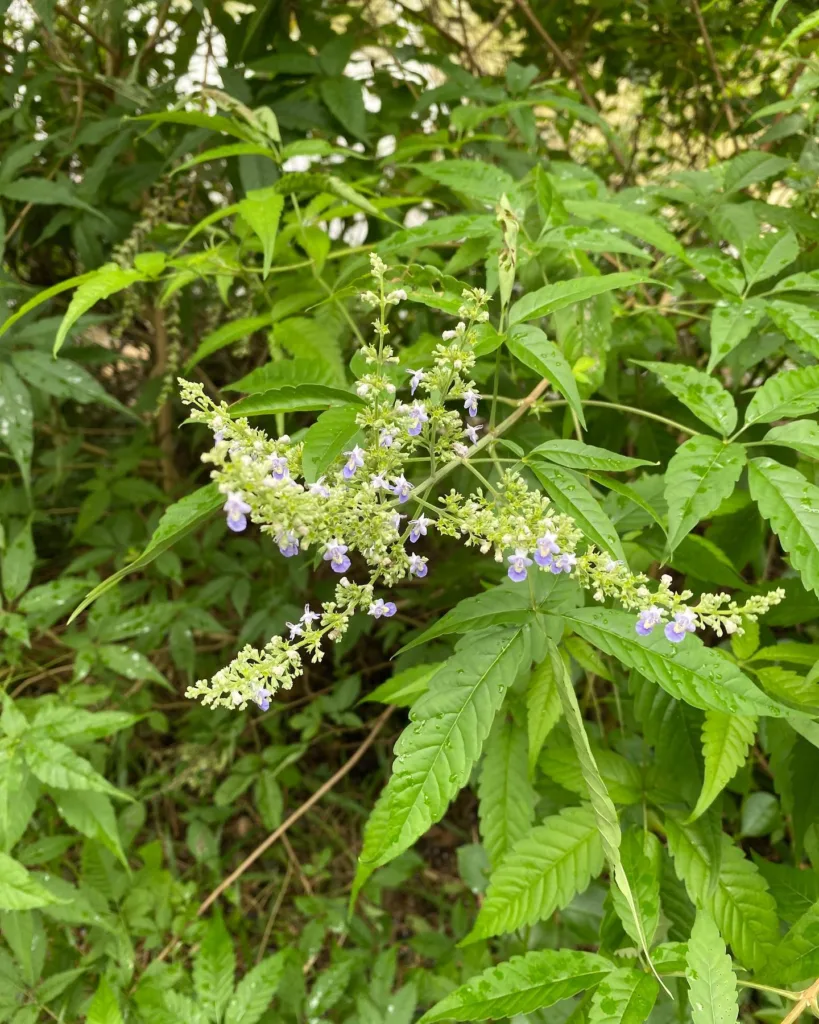All About Sarcopyramis: A Gardener’s Guide
Hi there, Ferb Vu here! Today, we’re diving into the fascinating world of Sarcopyramis, a unique genus of flowering plants from the Melastomataceae family. These little gems are native to tropical and subtropical regions of Asia, known for their captivating iridescent foliage and preference for humid environments.
If you’re a plant enthusiast seeking a captivating addition to your terrarium or a connoisseur of rare botanical wonders, Sarcopyramis might be the perfect choice. But before welcoming one into your home, let’s explore some frequently asked questions to ensure you’re well-equipped for success.
What is Sarcopyramis?
Sarcopyramis is a genus encompassing several species of flowering plants. These beauties boast small statures, typically reaching sizes comparable to your thumb. Their true charm lies in their foliage. Under low-light conditions, their bright green leaves transform into a captivating spectacle, shimmering with iridescent blues and purples.
Sarcopyramis vs. Other Terrarium Plants: Striking Similarities and Key Differences
While Sarcopyramis thrives in terrariums, it’s essential to understand how it compares to other popular terrarium plants. Here’s a quick breakdown:
- Ferns: Both Sarcopyramis and ferns adore humidity and low light. However, ferns generally require more space to flourish.
- Fittonias: Similar to Sarcopyramis, Fittonias boast stunning foliage with vibrant veins. However, Fittonias tend to be thirstier and might require more frequent watering.
- Peperomias: Peperomias, like Sarcopyramis, come in a variety of textures and colors. However, Peperomias are generally more tolerant of varying light conditions.
How to choose the right Sarcopyramis species?
There are several recognized Sarcopyramis species, each with its own subtle characteristics:
- Sarcopyramis napalensis: This is the most commonly available species, known for its vibrant green foliage that transitions to a stunning blue under low light.
- Sarcopyramis parvifolia: This miniature marvel boasts even smaller leaves compared to S. napalensis and displays a similar color shift with lower light.
- Sarcopyramis bodinieri: This less common species features slightly larger leaves compared to its counterparts and exhibits a more subdued color change.
How to care for Sarcopyramis?
Now that you’re familiar with the basics, let’s get down to creating the ideal environment for your Sarcopyramis to thrive:
- Light: Low light is key. Direct sunlight can scorch the delicate leaves.
- Humidity: High humidity is essential. Misting regularly or employing a pebble tray filled with water can help maintain the desired moisture level. Consider a closed terrarium for optimal results.
- Temperature: Warm temperatures between 65-80°F (18-27°C) are ideal.
- Soil: A well-draining, airy potting mix specifically formulated for epiphytes (plants that grow on other plants) is recommended.
- Watering: Water when the top inch of soil feels dry to the touch. Avoid overwatering, as this can lead to root rot.
- Fertilization: Use a balanced, weak liquid fertilizer during the growing season (spring and summer) at a quarter of the recommended strength.
- Propagation: Propagating Sarcopyramis can be challenging but rewarding. Stem cuttings are the preferred method.
- Repotting: Repot your Sarcopyramis every 1-2 years or when the plant outgrows its current container.
Troubleshooting Common Sarcopyramis Issues
Even the most dedicated plant parent might encounter challenges. Here’s how to address some common Sarcopyramis issues:
- Brown leaves: This could be a sign of underwatering or excessive sunlight. Adjust your watering schedule and ensure proper light placement.
- Stunted growth: Low humidity or insufficient light could be the culprit. Increase humidity and provide brighter indirect light.
- Pests and diseases: Fortunately, Sarcopyramis is relatively pest and disease resistant. However, if you notice any issues, isolate the plant and treat it with an organic pesticide or fungicide as needed.
Conclusion: The Enchanting World of Sarcopyramis Awaits
Sarcopyramis offers a unique combination of captivating beauty and manageable care requirements. With its preference for low light and high humidity, it thrives in terrariums, adding a touch of magic to these miniature ecosystems. By following these guidelines, you can ensure your Sarcopyramis flourishes, transforming from a tiny gem into a conversation starter that will leave fellow plant lovers in awe. Remember, patience and a keen eye are key. Observe your plant’s response to your care routine and adjust accordingly. With a little TLC, your Sarcopyramis will reward you with years of mesmerizing beauty, becoming a cherished resident in your world of greenery.
If i die, water my plants!



